| Structure | Name/CAS No. | Articles |
|---|---|---|
 |
Sulfuric acid
CAS:7664-93-9 |
|
 |
Ethidium bromide
CAS:1239-45-8 |
|
 |
sodium chloride
CAS:7647-14-5 |
|
 |
Ethanol
CAS:64-17-5 |
|
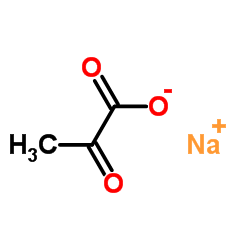 |
Sodium 2-oxopropanoate
CAS:113-24-6 |
|
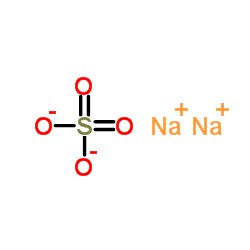 |
sodium sulfate
CAS:7757-82-6 |
|
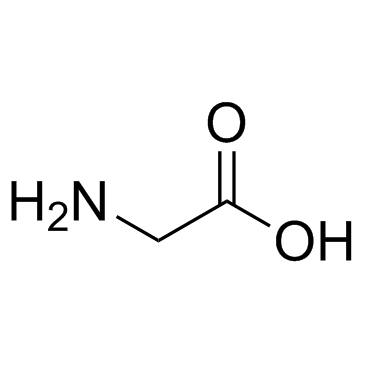 |
Glycine
CAS:56-40-6 |
|
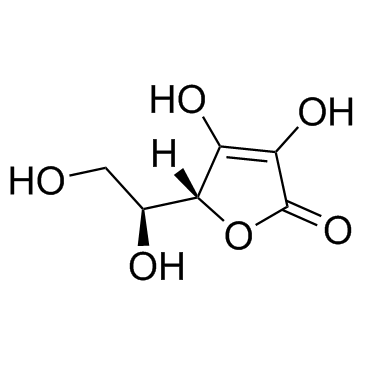 |
Ascorbic acid
CAS:50-81-7 |
|
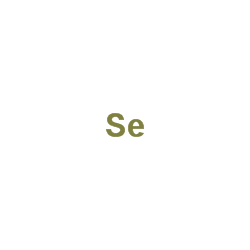 |
Selenium
CAS:7782-49-2 |
|
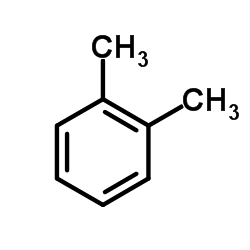 |
o-xylene
CAS:95-47-6 |